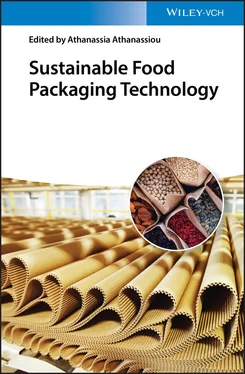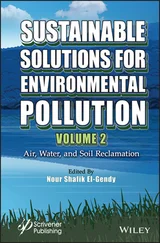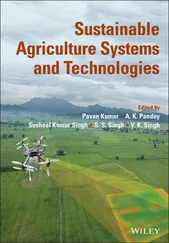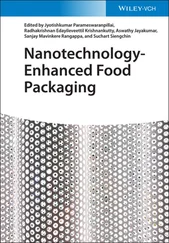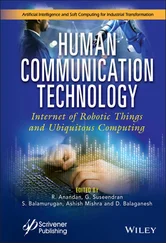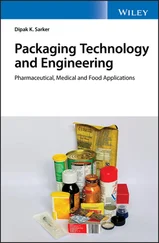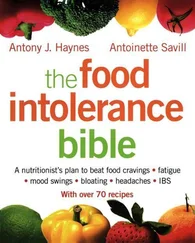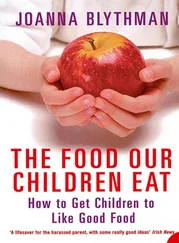Edited by
Athanassia Athanassiou

Editor
Dr. Athanassia Athanassiou
Italian Institute of Technology
Smart Materials
Via Morego, 30
16163 Genova
Italy
Cover Images
© Andrei Mayatnik / Shutterstock,
© Nelli Syrotynska / Shutterstock
All books published by WILEY‐VCHare carefully produced. Nevertheless, authors, editors, and publisher do not warrant the information contained in these books, including this book, to be free of errors. Readers are advised to keep in mind that statements, data, illustrations, procedural details or other items may inadvertently be inaccurate.
Library of Congress Card No.:
applied for
British Library Cataloguing‐in‐Publication Data
A catalogue record for this book is available from the British Library.
Bibliographic information published by the Deutsche Nationalbibliothek
The Deutsche Nationalbibliothek lists this publication in the Deutsche Nationalbibliografie; detailed bibliographic data are available on the Internet at < http://dnb.d-nb.de>.
© 2021 WILEY‐VCH GmbH, Boschstr. 12, 69469 Weinheim, Germany
All rights reserved (including those of translation into other languages). No part of this book may be reproduced in any form – by photoprinting, microfilm, or any other means – nor transmitted or translated into a machine language without written permission from the publishers. Registered names, trademarks, etc. used in this book, even when not specifically marked as such, are not to be considered unprotected by law.
Print ISBN:978‐3‐527‐34556‐4
ePDF ISBN:978‐3‐527‐82006‐1
ePub ISBN:978‐3‐527‐82008‐5
oBook ISBN:978‐3‐527‐82007‐8
There could not be a clearer and at the same time shocking demonstration of our non‐sustainable way of living than the recent COVID‐19 pandemic, which started in late 2019 in Wuhan, China, expanding all over the world in just few months. The occurrence and the extremely rapid expansion are connected to human dietary shifts toward consumption of animal products never used before due to increasing nutrition demand, extraordinary population densities, and unprecedented environmental pollution. The pandemic, its fast spread, and its consequences all over the planet in a very short period made evident that we are living in a closed system, interconnected in ways that are out of our control and we have to face the global problems with common strategies. Sustainable living has become essential, and a global sustainable consciousness must be formed and immediate decisions and actions need to be taken toward this direction.
Sustainability should be radically established in our lifestyle, habits, and actions. The massive use of plastics and their uncontrolled disposal in the last four decades are habits that need to be changed immediately. The uncontrolled production and use of plastic have brought the planet's pollution to levels never seen before. Only in 2018, 359 million metric tons of plastic were produced globally, while a total of about 9.2 billion metric tons were produced between 1950 and 2017. From all this plastic ever produced, it is estimated that about 9% has been recycled, 12% incinerated, and the remaining 79% has ended up in landfills or the environment. For example, it is estimated that 4.8 to 12.7 million metric tons of plastic enter the marine environment every year [1]. Photographs of animals and fish suffocating in their habitats due to dumped plastics, or of extended areas full of plastic garbage, especially from developing countries that have become the waste disposal fields for the developed ones, as well as studies on how toxic chemicals released from wrongly disposed plastics compromise our health are reaching us daily.
The most important source of badly disposed plastic waste is packaging. In 2017, around 15 million metric tons of plastic packaging waste was generated only in the European Union. In the general packaging sector, food packaging has the most important plastic demand. Plastic food packaging production in Europe is 8.2 million tons per year, included in the 20.5 million tons per year production for the general packaging sector and in the 51.2 million tons per year of the total European plastic demand [2]. Its short lifetime and frequent contamination from food makes it the most voluminous, wrongly disposed, plastic waste. For this reason, the introduction of biodegradable‐compostable plastic packaging, either from petrochemical sources or preferably from natural renewable resources, has become mandatory and attracts a great deal of research and industrial interest. This, in combination with the various governmental stringent requirements and incentives related to plastic reduction throughout the planet, makes sustainable food packaging an emerging application area that expectantly will find its way to the market substituting the currently used recalcitrant plastic packaging solutions.
This book deals exactly with this rapidly emerging research and application field of Sustainable Food Packaging. It starts with Part I“Review on Biopolymers for Food Protection.” This part of the book presents review chapters 1, 2, and 3on the most relevant biopolymers that slowly find their way to the food packaging market, but also on biopolymers that are not yet industrialized (either due to high costs of extraction and transformation in packaging materials or due to lack of investment), but have a great potential due to their unique properties. In particular, Chapter 1“Emerging Trends in Biopolymers for Food Packaging,” by Sergio Torres‐Giner et al., starts with a detailed and comprehensive introduction to the different types of biopolymers, and their classification according to their origin and biodegradability characteristics. The chapter continues with the presentation of the most important biopolymers that are currently available and describes their origin, chemistry, synthesis/extraction, and/or chemical modification methods. It also positions these biopolymers in the current plastic market and describes their prospects, advantages, and disadvantages in the sector of food packaging. In their concluding remarks, the authors give an expert point of view on where the bioplastic efforts for food packaging should be directed in order to have an important positive future environmental impact. Chapter 2“Biopolymers Derived from Marine Sources for Food Packaging Applications,” by Jone Uranga et al., presents the two most important biopolymers for food packaging, originating from marine biomass, fish gelatin and chitosan. Regarding gelatin, the chapter describes the extraction methods of collagen by fish waste biomass, and the subsequent production gelatin by partial hydrolysis of collagen. The authors continue with a presentation of the methods of development of gelatin coatings and films as food packaging and their impact on the food shelf life extension. Regarding chitosan, the authors first analyze the extraction methods of chitin by marine biomass, such as crustacean shells and squid pens, before its transformation to chitosan by deacetylation. Finally, the development, properties, and effect on the packaged food life extension are analyzed for the various chitosan coatings and films presented in the literature as food packaging solutions. Chapter 3“Edible Biopolymers for Food Conservation,” by Elisabetta Ruggeri et al., describes the innovative idea of natural polymeric protective coatings or films for food preservation and freshness extension that can be consumed together with the food, accompanied by the various regulations that would cover such use. The authors analyze the various biopolymers that can be transformed into edible packaging, classifying them as polysaccharides, proteins, lipids, and their mixtures. They present the various ways of development of the films for wrapping or of the coatings applied directly onto the food, their properties, and the possibility to act as matrices for functional additives, like antimicrobial and antioxidant agents. Finally, the authors provide information on the possible limitations and on the future perspectives of natural edible food packaging.
Читать дальше
